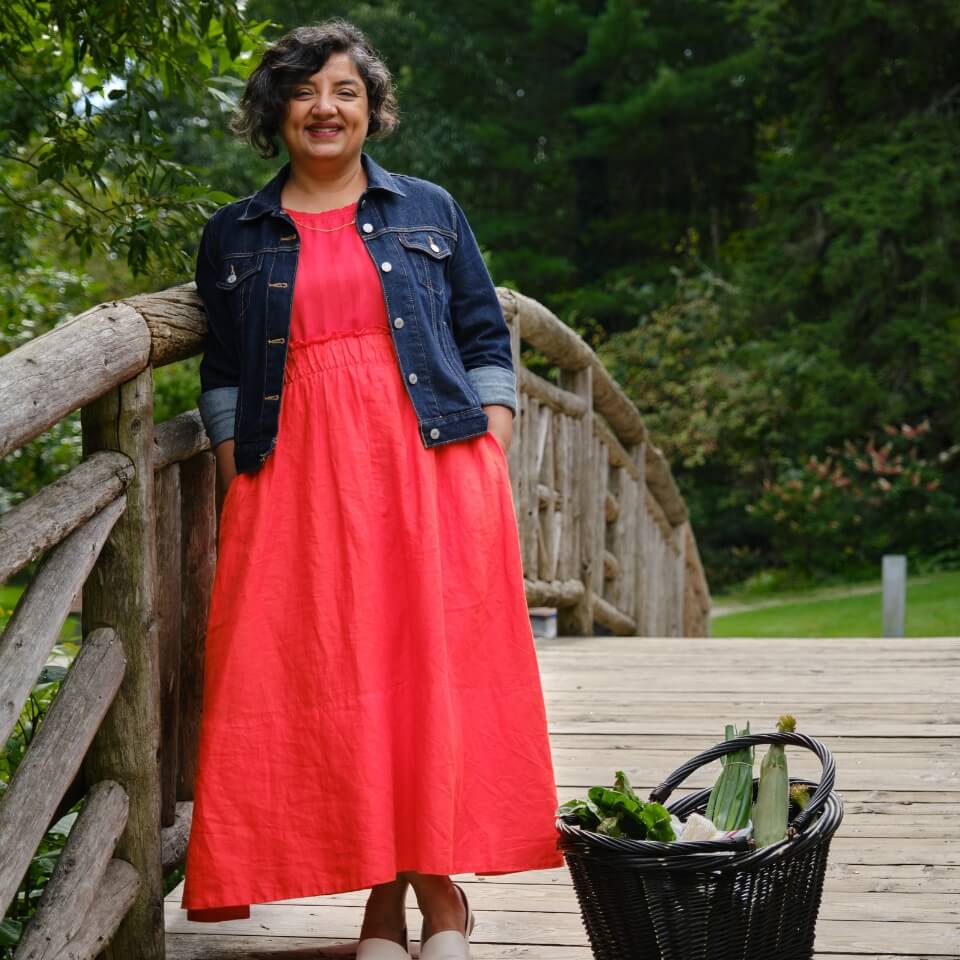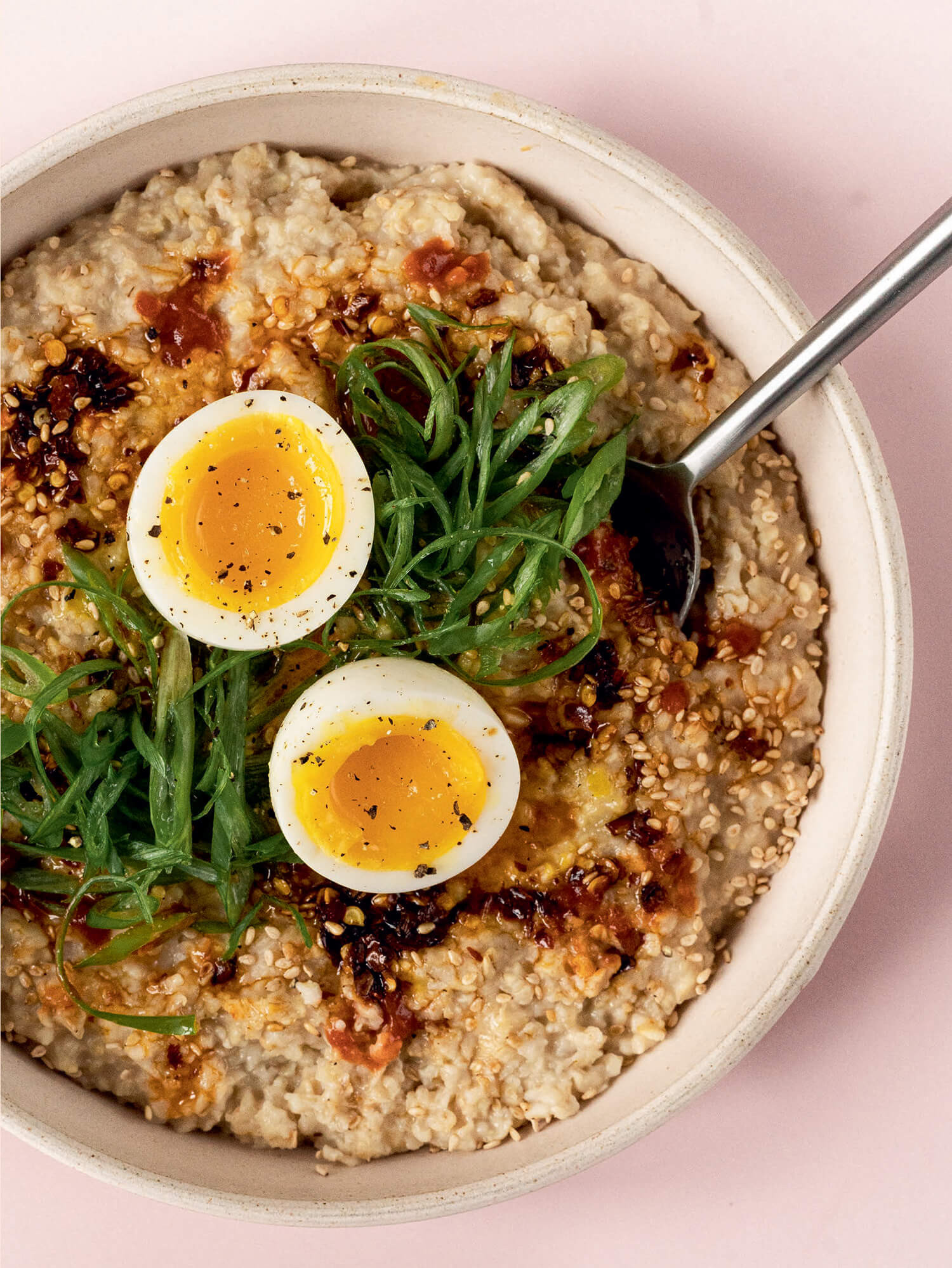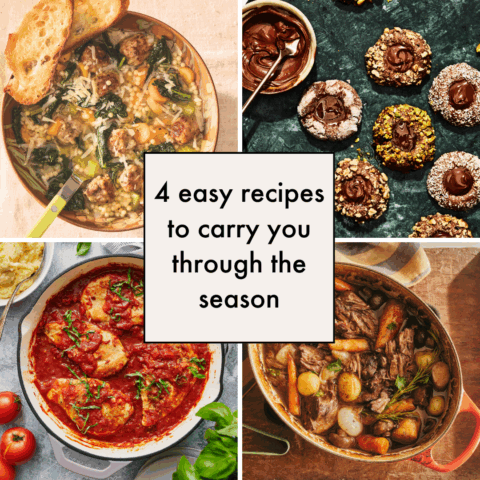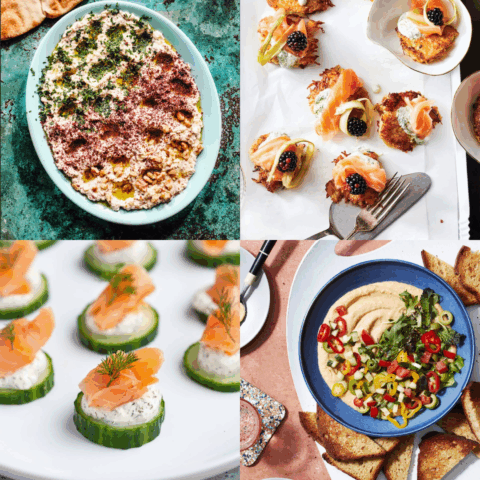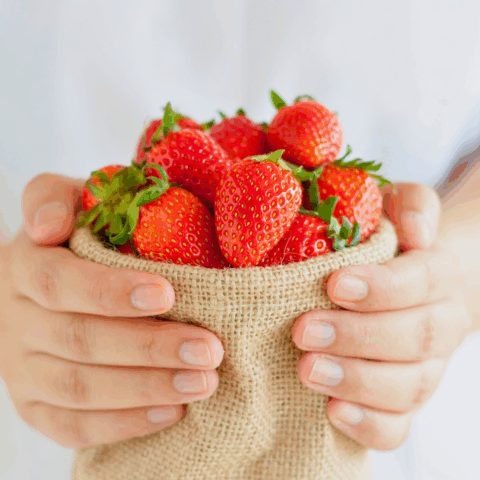There are some things I have always known longer than I can remember. For example, what we do every day can affect not only ourselves, but also those around us and our environment too. Many of these actions are routine and mundane – something you may do while, say, stirring a pot of something delicious or standing at the kitchen counter dreaming about the next meal.
But when it comes to our place in the world, staying in the “routine” or the “mundane” isn’t enough any more. Globally, we are facing multiple crises that are connected and converging simultaneously: issues like the rising cost of living, widespread mental health struggles and climate change are affecting every aspect of our lives. The good news is that when crises are multiple and interconnected, the solutions are too. That’s why I wrote my new cookbook, Good Food, Healthy Planet. It’s a celebration of big, bold flavours and 80-plus nourishing recipes (which are inspired by my travels) made with good-for-us, good-for-the-planet ingredients, while distilling expertly-sourced climate and mood research alongside actionable tips for making cooking easier on you and the environment.
Trying to reduce your carbon footprint in the kitchen while navigating every other challenge can seem impossible, but the key is simple, practical and sustainable advice that people can make their own. That’s why, at the heart of my book, is an accessible framework I call Eating with Benefits. It’s an easy, affordable approach that guides people towards practical, climate-conscious kitchen practices and habits using simple-to-follow principles (more on that below). The goal is that once you understand the framework, you should be able to make adjustments to how you move around the kitchen, tweak your family’s favourite dishes and have a lighter impact on the environment.
Here is a quick snapshot of just a few changes you can make in your kitchen, and why they are important for us right now:
#1. Eat a variety of foods every day
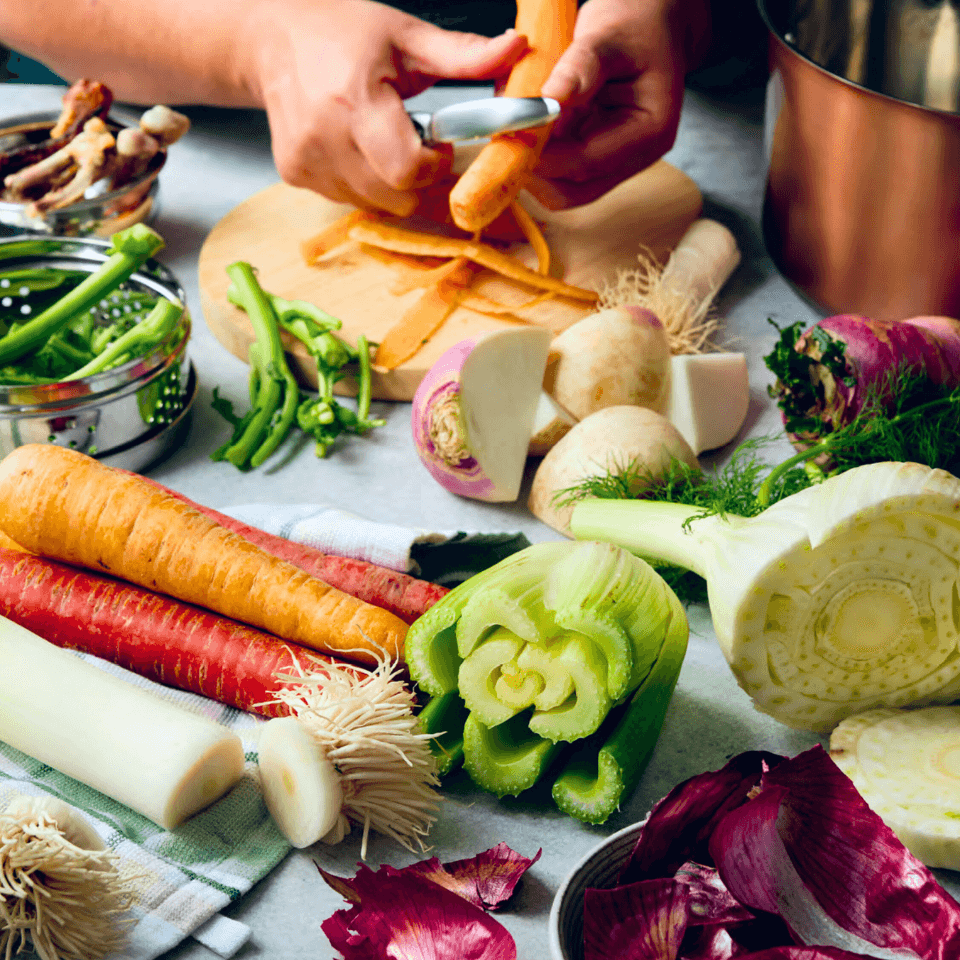
Ate spinach yesterday? Try arugula today. Or simple grains (think millet, spelt, farro and barley) that were common in ancient cultures and are rising in popularity once again. Eating a limited variety of foods results in poor gut-health, and has led to the cultivation of more of the same crops (in the West, we eat fewer than 200 of the more than 30,000 known edible plant species) around the world, meaning it sacrifices the biodiversity that is crucial for a sustainable global food system. We need to create a demand for the foods that are better for the planet.
#2. Halve the meat in your favourite recipes

The science is clear. We need to all eat less meat – meat production and consumption are an inefficient way to use our dwindling resources. So what can we do? Shift our diet away from meat – beef, lamb, and mutton, in particular – to reduce greenhouse gas emissions, conserve water, and to direct land use to the growing of other crops. But if going fully vegan sounds too hard – it is for me – you can significantly lower your consumption by swapping out half of the meat you use in a recipe with other foods—like chopped mushrooms, green or brown lentils or oats – and still create a delicious dish.
#3. Frequently use legumes of all kinds

Legumes – like lentils, beans and chickpeas – may not be everyone’s favourite ingredient to cook with, but they’re nutritional powerhouses, highly affordable, easy to grow and drought-tolerant. When used well, they also bring robust flavour and texture to any dish. Keep your pantry stocked with your favourites and toss them into just about any dish to bring more depth and dimension. And, if the flavour still isn’t working with you, add a generous amount of spices and a bit of fat (like olive oil or ghee) to really enhance them.
#4. Reduce what you throw away

If we are what we eat, we are also what we waste. Food waste is the single biggest component of trash in our landfills. It may be obvious, but we need to throw away less. Thankfully, that’s well within our grasp. Buy only what you need. Make it last. Try new-to-you creative cooking techniques. Use all parts of an ingredient. Take my recipe for No-Waste Charred Avocado on Toast as an example: instead of throwing out an over-ripe avocado, cut out the discoloured bits if any, add them to your compost bin, then pan-fry the rest of the fruit and add some lime juice and crunch to offset the mushy texture.

